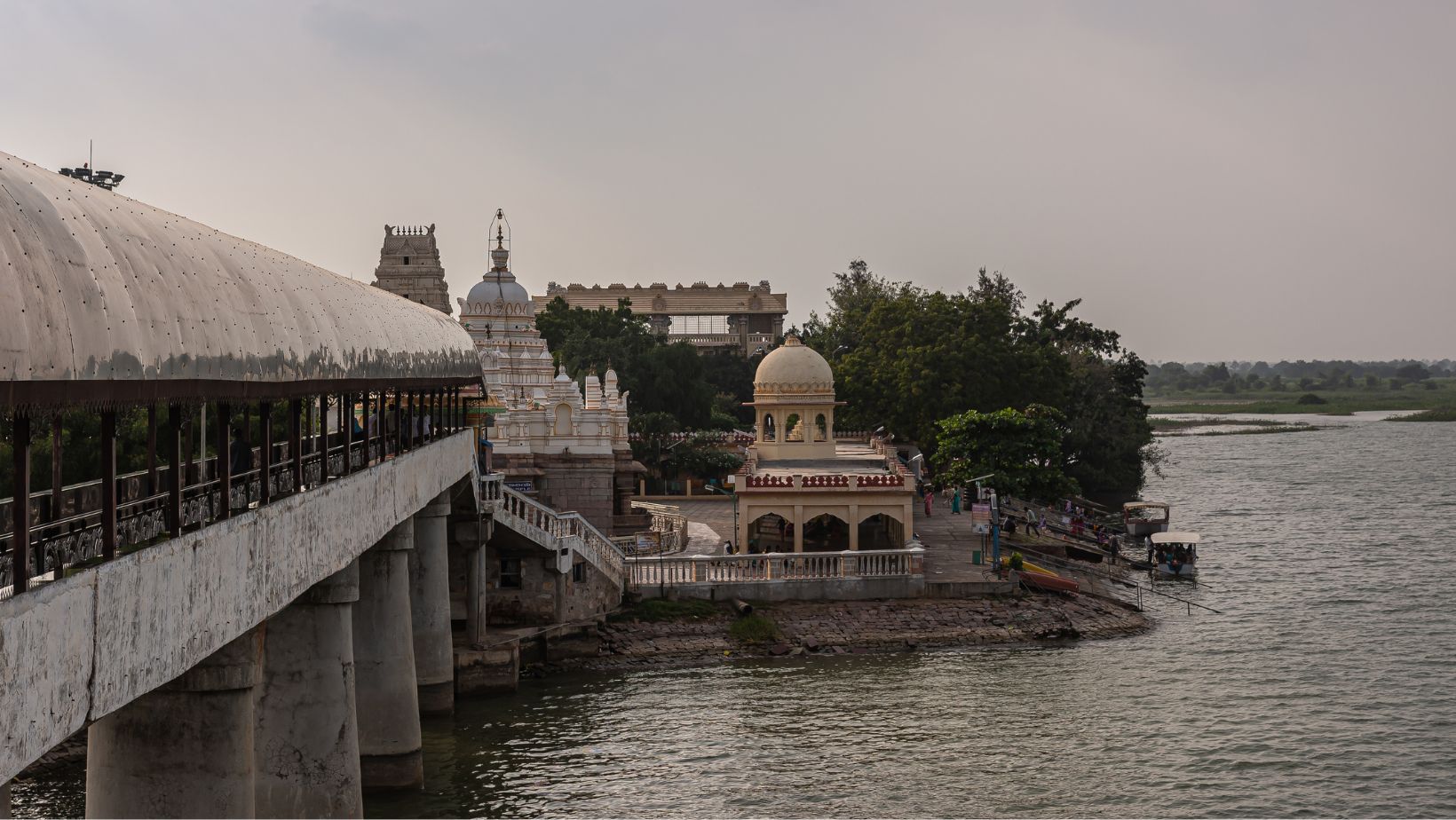Karnataka's revered rivers: a historical tapestry of natural significance
Exploring the legacy and impact of Karnataka's iconic waterways
Karnataka, a state in South India, boasts a rich and diverse natural landscape that includes lush forests, picturesque hills, and a network of rivers that crisscross the region. These rivers have played a vital role in shaping the history, culture, and economy of Karnataka over the centuries. In this article, we will delve into some of the prominent rivers of Karnataka and explore their historical significance.
1. Cauvery River
The Cauvery River, often referred to as the "Ganga of the South," is one of the most important rivers in Karnataka. Its historical significance dates back to ancient times when it was known as the "Dakshina Ganga" or the Southern Ganges. The river has been mentioned in numerous ancient texts, including the Ramayana and the Mahabharata.
The Cauvery River has been a lifeline for the people of Karnataka, providing water for agriculture and drinking, and supporting the growth of rich and fertile plains in the region. It played a pivotal role in the development of the Chola dynasty, which flourished in South India during the medieval period. The Cholas built a vast irrigation network using the waters of the Cauvery, transforming the region into a prosperous agricultural hub.
2. Tungabhadra River
The Tungabhadra River, a major tributary of the Krishna River, flows through the northern parts of Karnataka. It is closely associated with the history of the Vijayanagara Empire, one of the most powerful and influential empires in South India. The Tungabhadra River was crucial for the sustenance of the empire, as it provided water for agriculture, enabling the empire to thrive and support a burgeoning population.
Hampi, the former capital of the Vijayanagara Empire, is situated on the banks of the Tungabhadra River. The city's ruins are a UNESCO World Heritage Site and offer a glimpse into the empire's grandeur and architectural prowess. The river also played a role in trade and transportation during the empire's heyday.
3. Sharavathi River
The Sharavathi River, located in the Western Ghats of Karnataka, is famous for its picturesque waterfalls, including the Jog Falls, one of the tallest waterfalls in India. Apart from its natural beauty, the Sharavathi River has historical significance in the context of the British colonial period.
During British rule, the Sharavathi River was harnessed for its hydropower potential. The construction of the Jog Falls Hydroelectric Power Station in the early 20th century marked a significant development in the region. This project not only supplied electricity to Bangalore but also played a role in the industrialization of the state.
4. Krishna River
The Krishna River, one of India's major rivers, flows through the northern part of Karnataka. It has been an important waterway for trade and commerce, connecting the interior regions of Karnataka to the coastal areas. The river has been mentioned in various historical texts and played a role in the history of the region's dynasties and empires.
The Krishna River also holds religious significance, with numerous temples and pilgrimage sites situated along its banks. It has been a source of inspiration for poets and writers, contributing to the cultural heritage of Karnataka.
The rivers of Karnataka have not only shaped the geography and ecology of the state but also played a crucial role in its history and culture. From the agricultural prosperity facilitated by the Cauvery to the grandeur of the Vijayanagara Empire along the Tungabhadra, and the industrialization powered by the Sharavathi, these rivers have been integral to the state's development. Exploring their historical significance offers a glimpse into the rich tapestry of Karnataka's past and its enduring connection with its waterways.
cover image: Sri Sangameshwar Temple along Krishna River, Bagalkot, Karnataka, India



